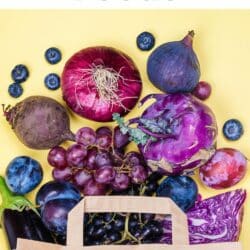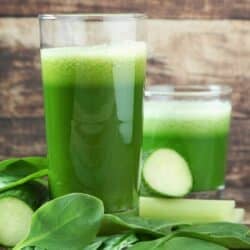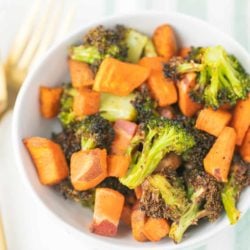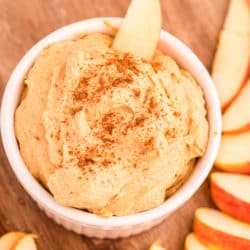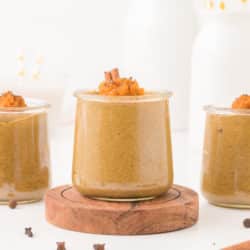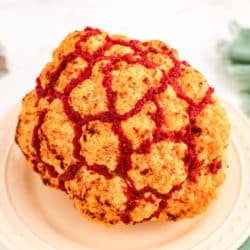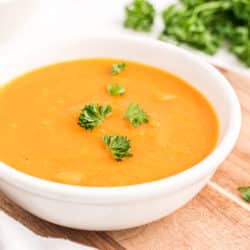13+ Blue Vegetables List (& Nutrition Benefits)
Do you know which vegetables are naturally blue? Some of them might surprise you! Discover some amazing blue vegetables including their benefits, how to cook them, and why they’re worth adding to your diet.
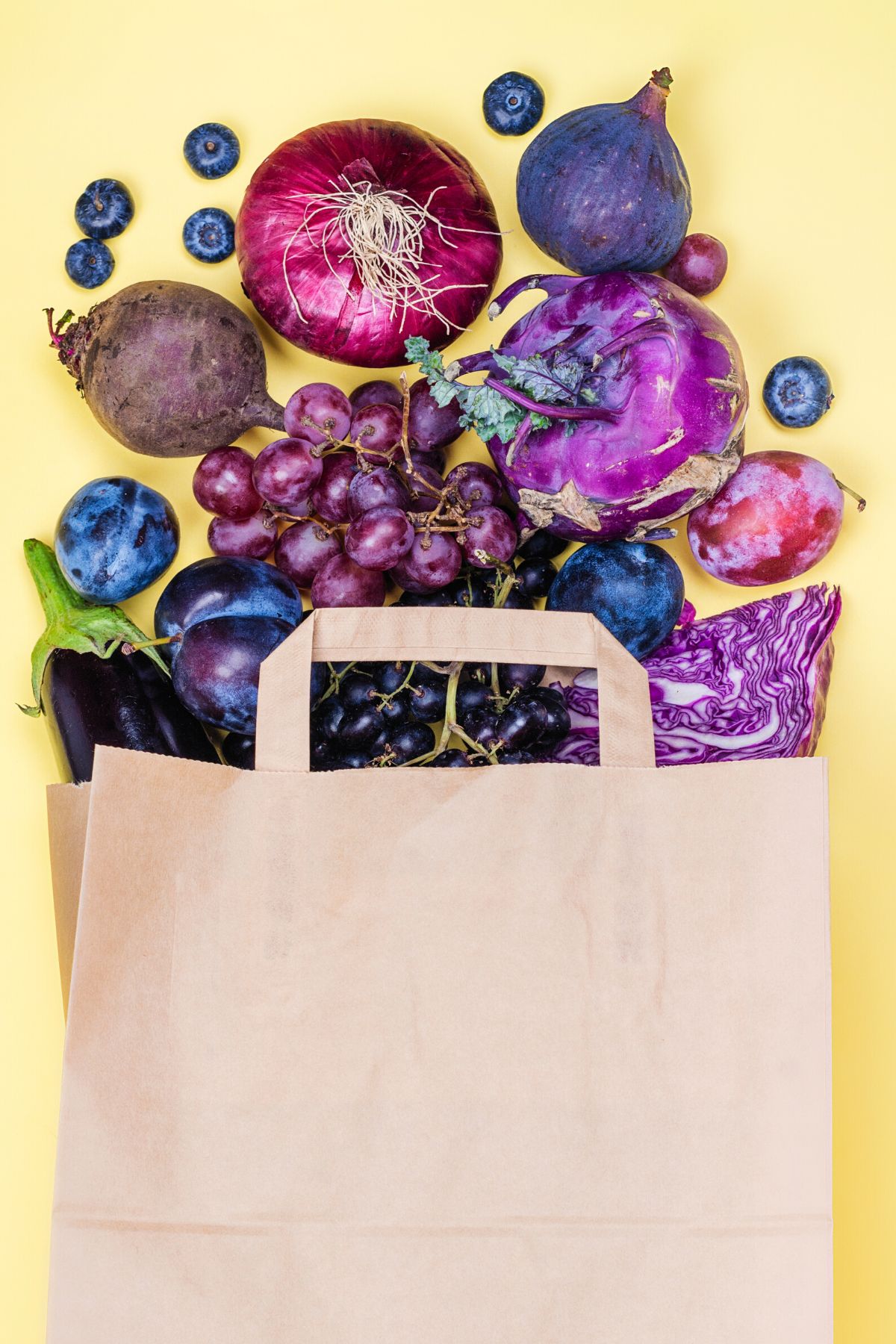
Almost every vegetable has some nutritional value, but brightly colored veggies usually have even higher levels of antioxidants than the pale ones.
In this post, I’m sharing 13 of the best blue vegetables. In addition to the health features of these fresh vegetables, you’ll be able to enjoy a colorful meal.
Consider adding some of these natural blue foods to your next grocery shopping list!
Blue Vegetables List
1. Blue Bayou Tomatoes
This gorgeous tomato has skin that ranges in hue from deep navy blue to purple. Blue Bayou Tomatoes are utilized as a vegetable even though they are considered a fruit. It is produced on strong stems.
Blue Bayou Tomatoes have a sweet and fruity taste. They are often used in salads.
And, although tomatoes are technically a fruit, I’ve included them on this list of the best blue veggies simply because most people consume tomatoes as a savory vegetable.
2. Blue Cabbage
Red cabbage or purple cabbage has a milder, sweeter flavor than other varieties of cabbage. Cooking the cabbage in an alkaline liquid causes the component that gives it its red color to turn blue.
This cabbage is rich in nutrients, may help fight inflammation, may enhance gut health, and has many other health benefits.
Blue Cabbage is typically prepared as a side dish. It can be cooked with butter, onion, green apples, bay leaves, cloves, peppercorns, red wine, and more. Try making Air Fryer Cabbage!
3. Blue Carrots
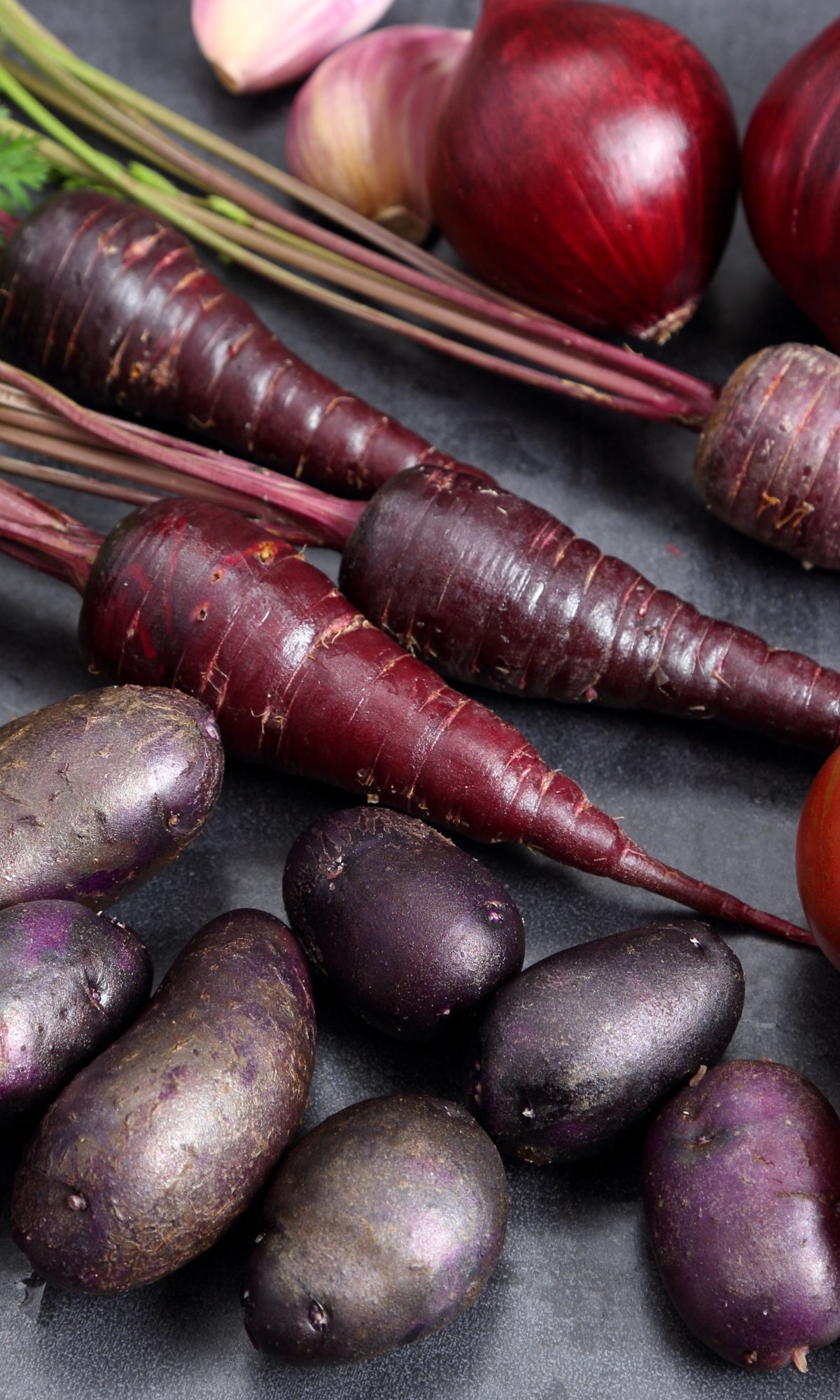
These vegetables are abundant in anthocyanins and beta carotene, which have been shown to boost memory and vision. They also have all the health benefits of regular orange carrots.
For a quick gourmet-looking snack, roast them and serve them with dip. You could also try making Air Fryer Carrots or Instant Pot Carrots for a quick and easy side dish.
4. Blue Corn
Blue Corn is grown in Mexico, the Southwestern United States, and the Southeastern United States. It is one of the main varieties of maize used for a traditional meal called tlacoyo found in Southern and Central Mexico.
The anthocyanins and polyphenolic flavonoids found in blue maize have antioxidant properties and may be good for human health.
Blue corn is typically made into chips and tortillas as well as used in soups and stews.
5. Blue Milk Mushroom
Other names for the Blue Milk Mushroom include the Indigo Lactarius, Indigo Milk Cap, Indigo Milky, and Indigo Milky. It belongs to the Russulaceae family of plants and is a type of agaric fungus.
You can cook blue milk mushrooms to make a vegetable broth, or you can sautee them and eat them alone or as a garnish to another meal.
Always be sure to purchase mushrooms from a qualified source and never forage for your own mushrooms unless you really know what you are doing!
6. Blue Pansy Flowers
Extra-large blue pansy blossoms have robust, thick stems and are edible. Blue Pansy Flowers are high in antioxidants. The stamen, pistil, and sepals of this flower are all edible. This means that you can just cut the bloom from its stem and start eating.
They make great dessert flowers as well. They can be sprinkled in a bowl of fruit or freshly pressed into cake frosting.
However, most chefs opt to candy the blossoms since it prolongs their shelf life and gives them a sweeter, more dessert-like flavor.
7. Blue Potato
The potato known as “Adirondack Blue” has skin that has a faint purple tinge and a blue flesh.
Anthocyanins are a specific chemical found in blue potatoes. Free radicals are sucked up by these potent antioxidants, which can lower the risk of cancer, heart disease, and stroke.
You can cook blue potatoes the same way you would cook any potato. You can smash them, mash them, boil them, fry them, etc.
Some of the most popular recipes on my site are for Instant Pot Boiled Potatoes, Instant Pot Potato Salad, and Mexican Potatoes.
8. Blue Pumpkins
Select types of round winter squash are called “Blue Pumpkins” and have naturally blue rinds. The Jarrahdale Pumpkin and the Queensland Blue Pumpkin are two well-liked types of blue pumpkins that are native to Australia.
Pumpkins are very healthy and full of vitamins, minerals, and antioxidants.
Blue Pumpkins can be made the same way you would make a regular pumpkin. It is a terrific option for individuals who prefer a more savory taste in their pie filling because the flavor is not excessively sweet.
9. Fahrenheit Blue Tomatoes
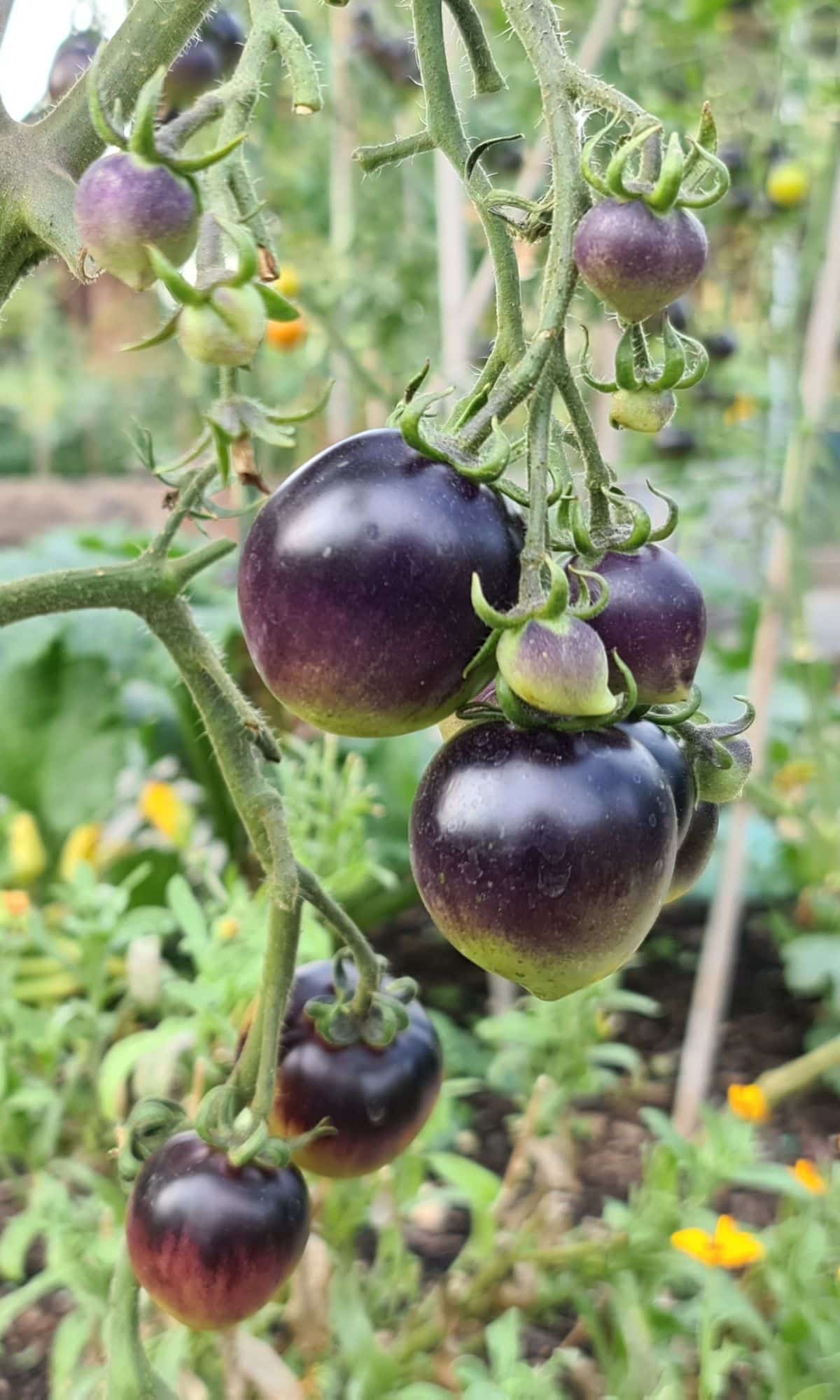
Fahrenheit Blue Tomatoes are a specialized cherry tomato. Its flesh is crimson, and its skin has a dark blue tint.
Blue tomatoes are anti-inflammatory and, like all other tomato hues, helpful for blood pressure, heart health, and cardiovascular health in general.
These lovely tomatoes can be eaten fresh, cooked, made into a sauce or juice, and much more.
10. Filius Blue Pepper
Filius Blue Peppers are a traditional Mexican chili, similar to a poblano pepper.
It is a small plant that doesn’t become much taller than 2 feet, and because of its blue-tinged foliage and delicate white blossoms, it makes a lovely container plant as well. These peppers are high in vitamin C, vitamin A, copper, and iron.
You can use Filius Blue Peppers to make delicious salsas and other peppery sauces. You can also use them fresh in salads and sandwiches.
11. Indigo Rugby
Another type of blue tomato is the Solanum Lycopersicum Hybrid, also known as the Indigo Rugby. Its flavor is sweet and has a lovely scent. In addition, the tomato is a fantastic source of many nutrients, such as vitamin E.
You can eat these tomatoes the same way you’d eat other tomatoes. They are great raw, cooked, in salads, sandwiches, and more.
12. Tall Blue Lettuce
Believe it or not, but you can even find blue lettuce. It’s an heirloom variety that you may have to grow from seed, but it is a lovely blue vegetable.
13. Vates Blue Curled Scotch Kale
Kale is a type of leafy green that can come in a blue-hued option. Check your local farmers’ market for this special variety.
Additional Blue Vegetables
This list of the best blue veggies is not exhaustive! There are others including blue beans and purple (blue-ish) sweet potatoes that could be included as well.
More Round-Ups of the Best Fruits & Veggies
- Best Asian Fruits
- Best Green Vegetables
- Best Blue Fruits
- Best Green Fruits
- Purple Veggies List
- Best Red Fruits
- Best Yellow Fruits
- Vegetables That Start with T
Don’t Miss These Vegetable Resources!
Conclusions
Vegetables come in all shapes and colors, and some of them are actually blue! Variety is the spice of life and that applies to vegetables as well. On your next shopping trip, be sure to try picking up one of these special and lovely veggies.
Don’t forget to join my newsletter list to get exclusive clean eating recipes and tips. The newsletter is 100% free with no spam; unsubscribe anytime.
About the Author: Carrie Forrest has a master’s degree in public health with a specialty in nutrition and is studying to be a holistic nutritionist. She is a top wellness and food blogger with over 5 million annual visitors to her site. Carrie has an incredible story of recovery from chronic illness and is passionate about helping other women transform their health. Send her a message through her contact form.


